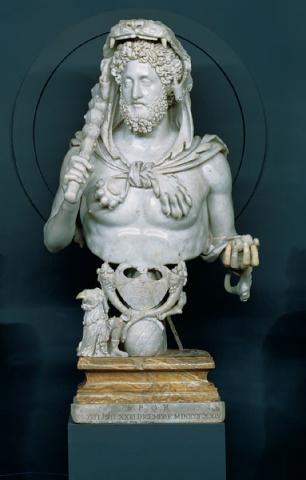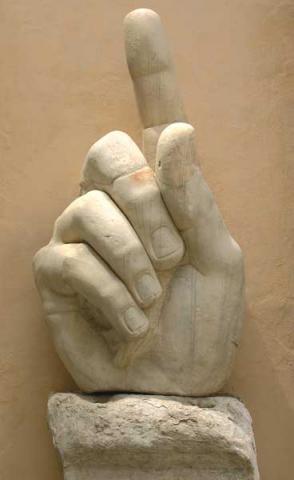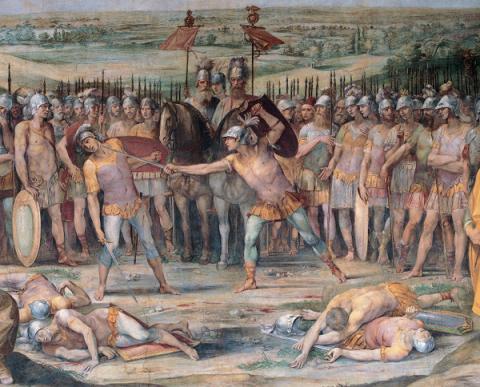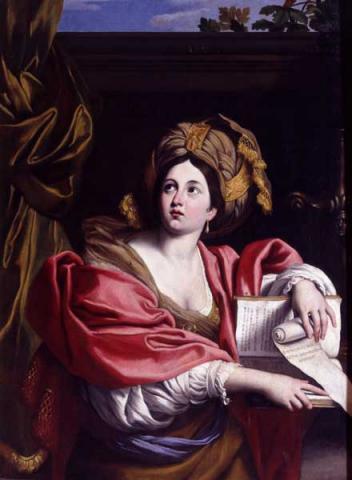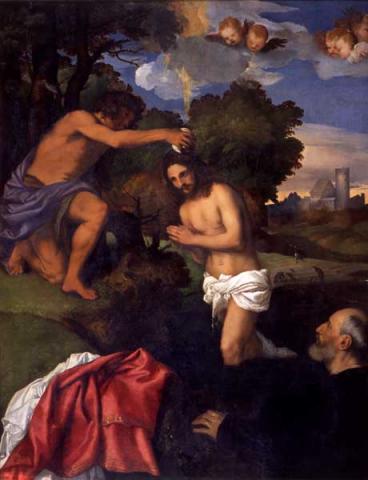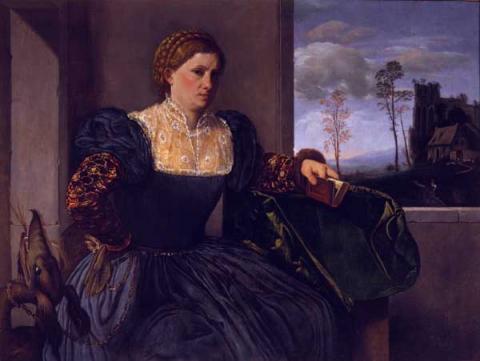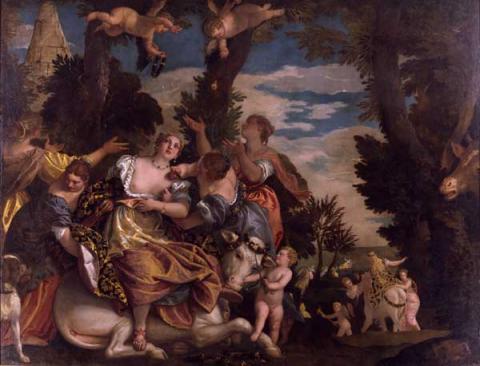III Hall - Venice and Its Territory: the Sixteenth Century
In this location, paintings from Venice, one of the major centers of the Italian Renaissance, where some of the greatest Italian artists of all time lived, are gathered. Capital of a thriving and powerful Republic, ruled by the Doges, Venice was the only city to express an alternative pictorial proposal to the Umbrian-Tuscan Renaissance style.

The Venetian State (the "Serenissima Republic") had remained out of Italian cultural and political events for many centuries: its interests were elsewhere, in distant countries - from the Eastern shores of the Mediterranean to China - which the city had long entertained rich business relations with. The progressive advance of the Turks, culminating in the fall of Constantinople in 1453, had turned Venice towards Italy, pushing it to conquer its backcountry as far as Lombardy (Bergamo, Brescia). In a short time, from the second half of the fifteenth century, Venice realigned itself with Italian artistic research, becoming one of the greatest centers of the Renaissance. Starting from the long career of Giovanni Bellini (a “Portrait of a young man” of his is kept in the Cini Gallery), Venetian artists abandon the drawing and spatial schemes of central Italian painting and focus their attention on the use of color and light, with results of the highest expressive level. Bellini's lesson - together with that of Giorgione, who died at the age of just over thirty during the plague of 1510 - is the basis of Titian's splendid pictorial production, whose the youthful panel with the Baptism of Christ in this room exhibited represents an exemple: the client Giovanni Ram, a Spanish merchant who lived in Venice, is depicted in the lower right, as he witnesses the sacred scene, which opens onto a delicate landscape (the white and red of the clothes in the lower left concentrate the attention and fix the distances). Titian equal in age is the tormented Lorenzo Lotto, a true misunderstood genius, who works in various Italian centers and dies in poverty in Loreto; his Portrait of a Crossbowman - identified as "Mastro Battista di Rocca Contrada", the current Arcevia - is a late work, which the painter paints in a moment of material and moral distress. Impressed by Lotto's Lombard works, the Brescian Giovanni Girolamo Savoldo painted the Portrait of a Woman in Venice, imbued with naturalism (Caravaggio's initial training took place decades later on the works of Lotto and Savoldo).
Author of the later so-called "fare grande" of Venetian painting, Veronese - nickname of Paolo Caliari, derived from his hometown - combines a refined formal elegance with a casual and innovative use of color, as in the large canvas with the Abduction of Europe (autograph replica of a work with the same subject preserved today in the Doge's Palace in Venice), where the myth - the young Europe kidnapped by Jupiter in the shape of a bull, and led beyond the sea, into the land later named after her - it is told in every phase, focusing the attention on the sensual figure of Europe, richly dressed.
One of the later exponents of sixteenth-century Venetian painting, Domenico Tintoretto became independent long after from the suggestion that Jacopo Tintoretto's style, his father, exercised on him, as revealed by the three large paintings with episodes from the life of Christ (Baptism, Flagellation , Crowning with Thorns). In the Penitent Magdalene, which Domenico signs with a certain professional pride, the signs of atonement and religious devotion (the crucifix, the skull, the divine light from the upper left corner) are in clear contrast to the poignant beauty of the saint.
Lorenzo Lotto (Venice 1480 ca. - Loreto 1556)


























